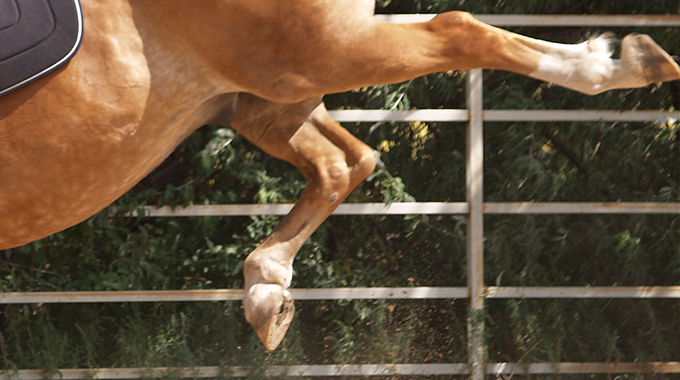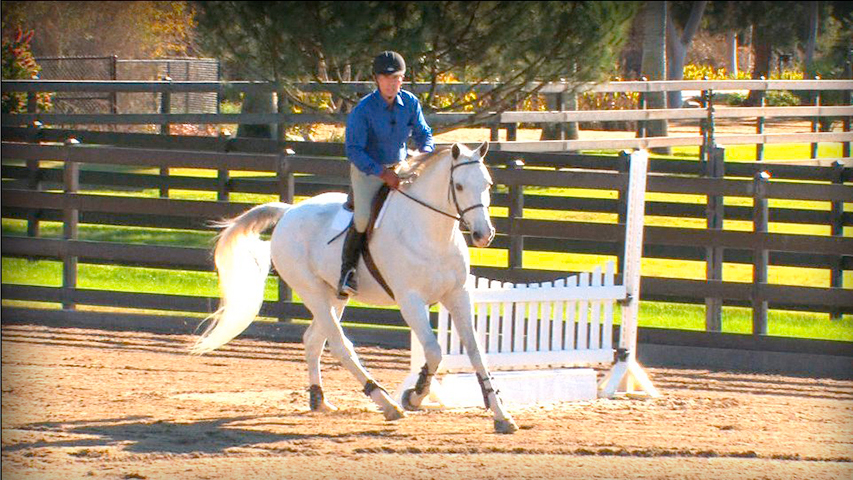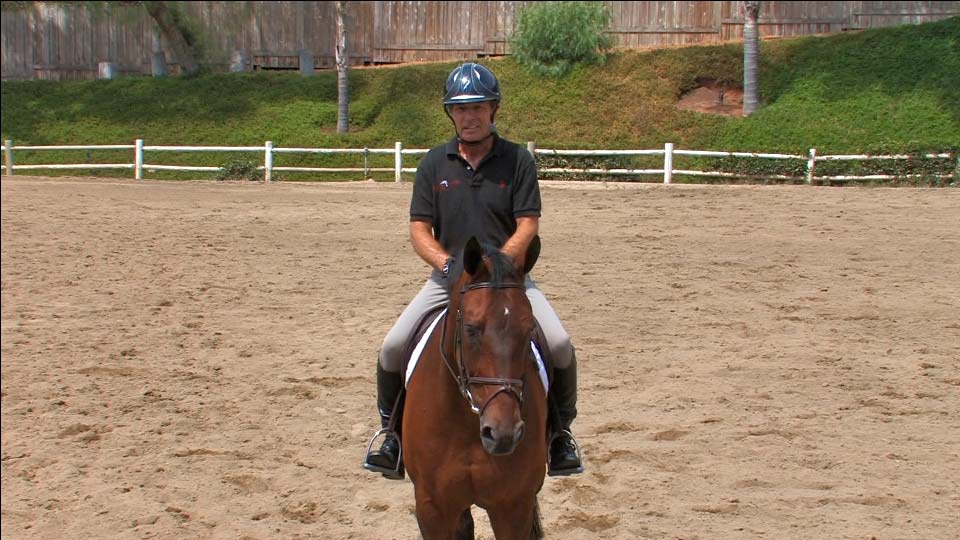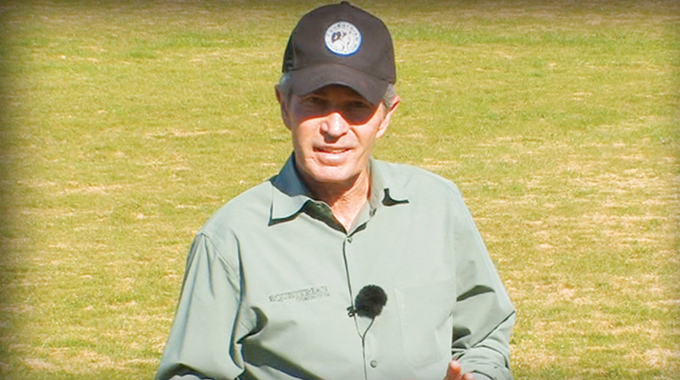Bernie
- 09 Aug, 2016
- 1 Comment
- 4 Mins Read
Troubleshooting: Kicking Out at the Trot and Canter
Submitted by member: Morgan
My 4-year-old Thoroughbred gelding recently starting kicking out while being ridden in the trot and the canter. We scoped him and found/treated ulcers. Now one month later, and after treatment of Gastrogard, he is still wanting to kick out/buck/hop around. Perhaps he still thinks he’s going to be in pain and anticipates it. I’ve gone over all physical issues, and it seems he is fine, so we think it’s behavior related. What is a good correction to fix this problem?
Thanks so much for your help!
Answer by Bernie Traurig
I still have many questions to ask, but will try to give you some tips anyway.
Have you had a dentist who specializes in dentistry do his teeth?
Have you had a vet examine his back and right hind?
Do you know a chiropractor that could take a look, as he may have something out?
How does your saddle fit him? I would use a really good pad.
It is hard to tell, but it looks like a normal snaffle with no flash (if he has a flash try taking it off). Is the nose band high enough? I like them just ½ inch under the cheek bone but not too tight. If it is a single jointed snaffle, try a french link and vice versa. Try a rubber D single jointed snaffle to downsize since he resists “contact”.
For you as the rider: go back to basics with him. Try a looser rein, with much lighter contact. No clashing aids. Perhaps try holding the reins with a driving rein to lighten your hands for awhile. Don’t ask him to be on the bit now, just be happy with light contact or semi-loose reins. He doesn’t want to go forward, yes, but you are legging him constantly in the trot. Leg, leg, leg, every stride. This will definitely annoy him and make him dull and non responsive to your leg. When your leg closes and asks him to go forward, decrease your contact. You must give. Right now it looks as if it’s gas and breaks often at the same time.
He must learn to go forward on his own with the slightest leg. If he ignores your leg, come in with a kick, or little tap with the whip, and loosen the reins. Keep your heels down, and don’t keep legging. It’s consistent corrections to ignoring your leg that normally solves this.
Your position at the trot is too upright. Keep your upper body angulation, or hip angle, more close to approximately 30 degrees to be in balance with him and encourage impulsion. Post more toward the pommel, and sit lighter in the saddle.
Learn to follow his neck movement at the walk with your arms (following arms in the walk, canter, and gallop). You want to develop elastic arms that move with the neck and not ride at the walk, or canter with fixed hands.
Answer by Dino
What I see in this horse is a short stride from the right hind, and the carriage of the horse behind holds to the left. You should have someone check the pelvis of the horse, as he is clearly unhappy. I agree with Bernie in regards to having someone check his teeth as well.
Video Recommendations:
Fundamentals of Flatwork – Part 1 – Basic
Bernie Traurig
The first of the series, this video outlines a simple, progressive method of flatwork for all jumping disciplines. It focuses on the training of a young or inexperienced horse with the aim to achieve obedience to light rein and leg aids, and assumes the rider is familiar with the proper techniques of riding and jumping. But you do not have to be a highly experienced or seasoned rider because Bernie’s strategies are clear, straight-forward, classic and timeless. The Basic level highlights his favorite exercises that can be incorporated into anyone’s training program.
Running Time: 46 minutes and 25 seconds
Getting And Keeping The Dull Horse In Front Of Your Leg
Bernie Traurig
Is your horse dull to your leg? Are you constantly nagging your horse with your spur? Are there worn patches on your horse’s side from heels that are constantly asking for forward momentum? Bernie has the solution.
Running Time: 15 minutes and 8 seconds
Building Blocks to a Great Position: Part 1
Bernie Traurig
In Part 1 of Building Blocks to a Great Position, Bernie Traurig starts with proper leg position as a basis for a solid foundation in the tack. With demonstrations by his daughter, Natasha, this video outlines exercises that enhance proper techniques.
Running Time: 19 minutes and 57 seconds
Other videos in this series:
Building Blocks to a Great Position Part 2
Building Blocks to a Great Position Part 3
Have Something You Want to Ask Our Panel of Experts?
Ask The Experts is the ultimate way to get help from the top professionals in the equestrian industry without leaving the comfort of your home. This service is available to Monthly, Annual and Lifetime Members of EquestrianCoach.com.





Candcie
Thank you for this post. I have a similar issue with my 9 year old OTTB, primarily when flatting and in the canter. He gets regular chiro, dentals, etc. and the saddle fits. He’ll get choppy and reluctant to go forward. He anticipates me tickling him with the whip and as soon as I touch him, he kicks out. After that, he’s fine. I believe it’s just laziness, but what are some tools to break the habit?